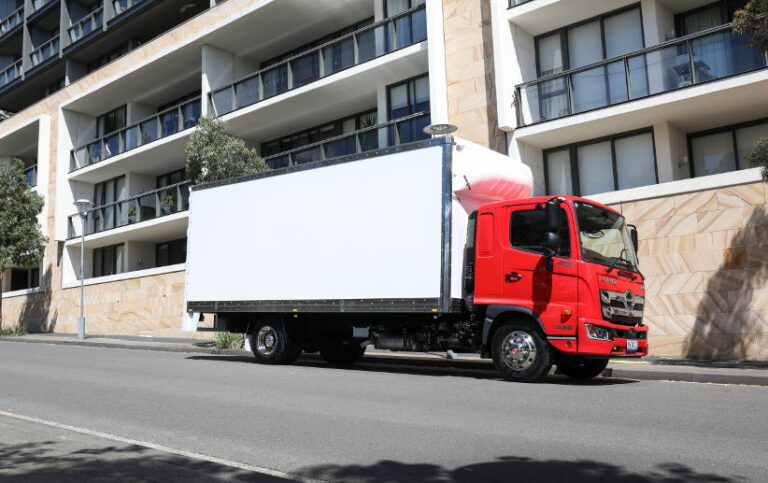Research from HERE Technologies has revealed the proportion of people placing weekly online orders has almost doubled from pre-COVID levels, with two-thirds of Australians now more reliant on online deliveries.
This love affair with online deliveries is expected to continue according to the research, with a new generation of online shopping fanatics born during this period of restrictions. Three quarters of consumers intend to carry on their online purchase behaviour into the future, 34% of which noting they are enjoying this method of shopping more than in store.
Those businesses reliant on 18-24-year old consumers are likely to find their customer base will continue to order online in the long run, with 44% outlining they would prefer to shop virtually versus in store even as restrictions ease.
Australians’ shopping habits have also changed in the past few months, with a fifth of people reporting less impulse buying than when physically in a store and the same proportion are bulk buying more. 18% of people noted they were shopping with less retailers.
This research was conducted following the outbreak of panic-buying and a switch to online in response to social distancing restrictions. The latter placed unanticipated pressure on retailers nationwide to meet the growing demand of consumers placing online orders.
Despite many Australian businesses struggling under the induced pressure, including retail giants such as Kmart which had to temporarily pause online orders, HERE’s research revealed 70% of people had been satisfied with their online delivery experience throughout the pandemic, regardless of initial delays.
“Delivery drivers are among the unsung heroes of the COVID-19 pandemic, keeping Australians connected to their favourite retailers, restaurants and essential supplies,” commented Head of HERE Technologies Oceania, Daniel Antonello.
“Sustained demand for online deliveries has resulted in retailers reassessing the tools needed for their survival. Transitioning to more sophisticated models of fleet management and supply chain services is paramount for Australian businesses to continue to service their customer base.”
HERE’s traffic data shows the number of heavy vehicles on our roads has grown by an average of 8.6% when figures from March were compared to May. Major roads including Melbourne’s Monash freeway and Sydney’s West Link and Paramatta Road recorded an average growth of 7%. In Sydney, the Westlink M7 and Parramatta Road saw over 1.1 million extra heavy vehicles (increase of 16%). Following the removal of Stage 2/3 restrictions at the end of May, HERE data also indicates a growing number of passenger vehicles returning to the roads, with an increase of 14%.
Antonello believes these roads, and many others across Australia, will continue to be critical thoroughfares as we adjust to changing lockdown restrictions.
“Our research shows that overall people are satisfied with the current service level of online delivery. As restrictions ease across most states and more commuters return to the roads accommodating this higher volume of online orders and doing so in a timely fashion will become increasingly challenging, which is something all businesses must be prepared for.”
“Ultimately we are seeing ecommerce continue its rapid growth as the congestion on our roads remain high. Location technology could be a lifeline for businesses as it enables parcel tracking, fleet management and traffic routing in real-time.”






